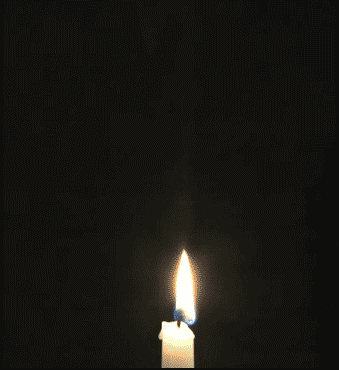As the creator of classics such as "It's a Wonderful Life" and "You Can't Take It with You," director Frank Capra knew how to touch the hearts and souls of moviegoers.
The self-described "Christmas Catholic" took that power seriously. "No saint, no pope, no general, no sultan, has ever had the power that a filmmaker has," he once said. This was the "power to talk to hundreds of millions of people for two hours in the dark."
The power of today's digital media is much more complex than that, said Barbara Nicolosi Harrington, a former Catholic nun turned screenwriter and Hollywood script doctor.
"Hollywood has been the church of the masses, but I don't think that's still true. At least, we cannot say that movie theaters are the sanctuaries they once were for most people, especially for the young," said Harrington, author of "Behind the Screen: Hollywood Insiders on Faith, Film, and Culture."
When she was young, she explained, mainstream entertainment "was everything. Hollywood created the images that told us what was cool and what it meant to be a success and to be loved."
Now, when she talks to young people, they have a completely different relationship with mass media. The voices and images of Hollywood are competing with legions of "influencers" who reach the masses through omnipresent smartphones.
"There are so many competing screens and so much of the content is truly asinine," she said. Young people accept that, but believe that, with their peers, they can decide what is true and what is false in that digital universe. When messages hit home, social-media mavens then connect users with creators, activists or networks linked to the content.
"Kids think they're in control," said Harrington, reached by telephone. "But how can you tell what is right and wrong if it's TikTok and its algorithms that decide what you see? ... You think that you get to decide what is right for you and what voices will guide you. But is that true these days?"
The big question is whether millions of parents, pastors, teachers and counselors realize how much the balance of power has shifted in mass-media and entertainment.










